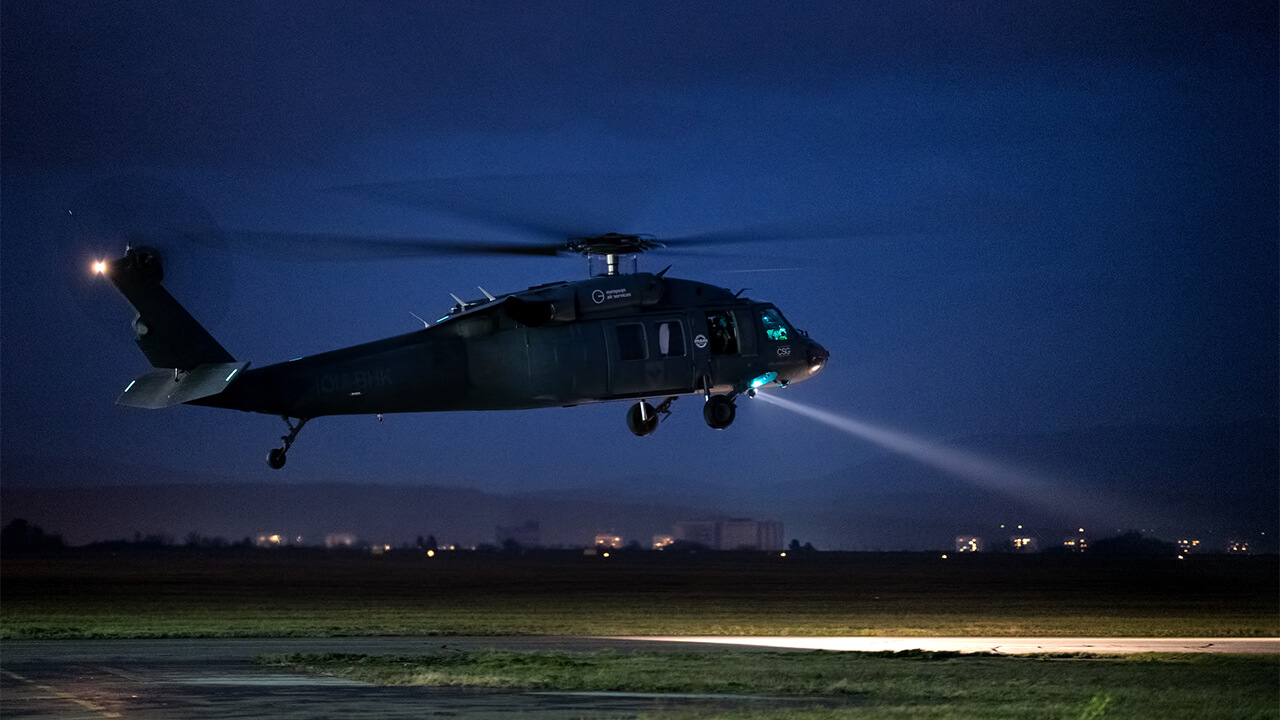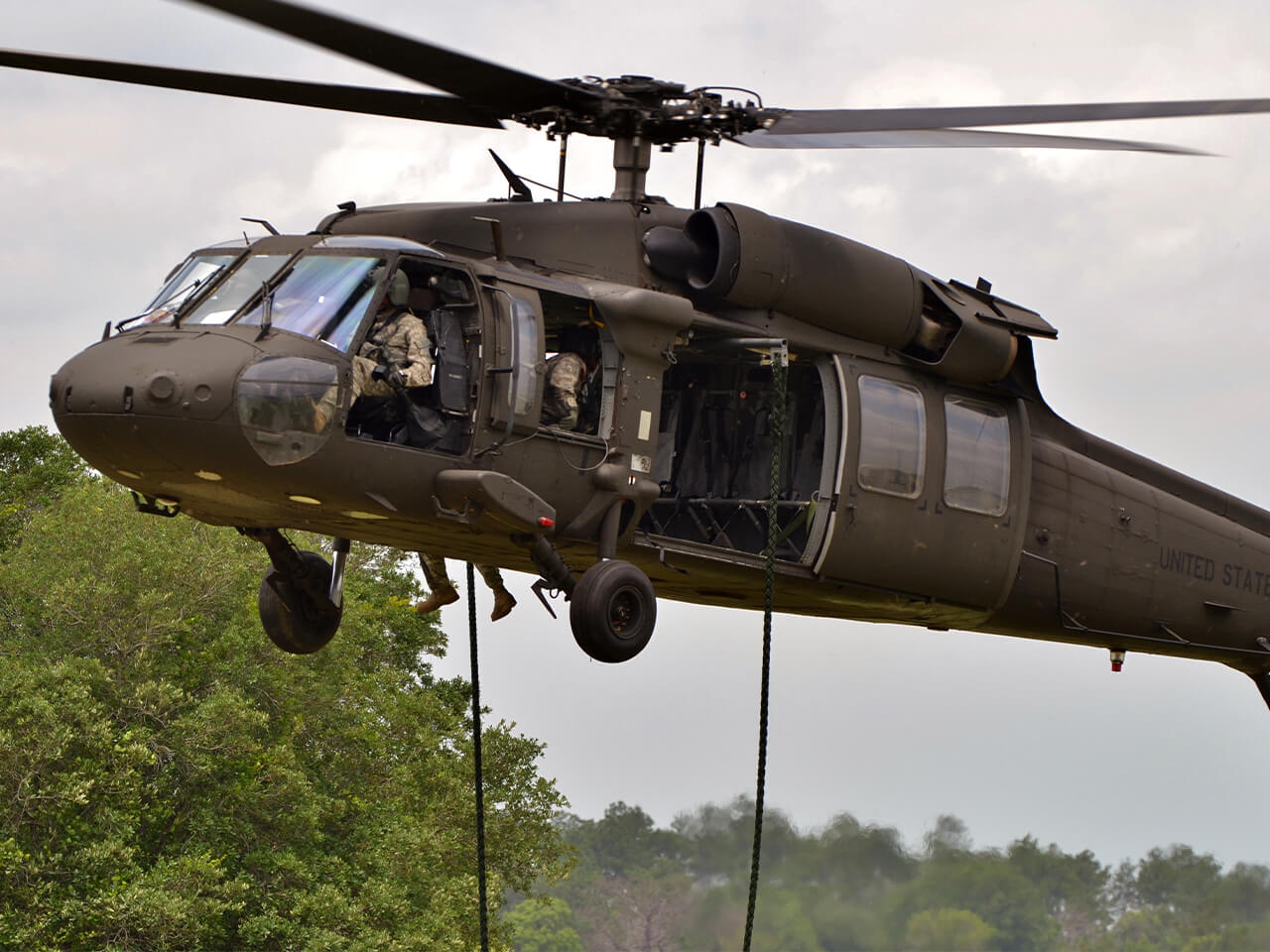Understanding the UH 60: Design, History, and Its Impact on Military Aviation
Understanding the UH 60: Design, History, and Its Impact on Military Aviation
Blog Article
Exploring the Background and Advancement of the UH 60 Helicopter

Origins of the UH-60
The beginnings of the UH-60 helicopter can be mapped back to the late 1960s, a duration marked by the requirement for a versatile utility aircraft that can adjust to the evolving needs of modern-day warfare. The U.S. Military recognized the necessity for a substitute for the older UH-1 Iroquois, which was coming to be progressively insufficient for the intricacies of modern battle scenarios. In 1967, the Army launched the Energy Tactical Transportation Aircraft System (UTTAS) program, which looked for to develop a multi-role helicopter qualified of various goals, including army transportation, medical emptying, and logistical assistance.
The UH-60 Black Hawk was introduced, showcasing innovative style aspects and advanced modern technology that set it apart from its predecessors. The UH-60 quickly acquired recognition for its durable efficiency, integrity, and flexibility, leading the way for its comprehensive usage in military operations and strengthening its condition as a cornerstone of United state Military air travel.
Key Design Features
Ingenious layout attributes of the UH-60 Black Hawk considerably contribute to its operational efficiency. One of one of the most significant elements is its twin-engine setup, which boosts integrity and provides a greater power-to-weight ratio, making it possible for the helicopter to perform under numerous problems. The aircraft's four-blade primary rotor system uses boosted lift and maneuverability, important for tactical objectives.

Furthermore, the cabin is developed for optimum presence and comfort designs, featuring sophisticated avionics that improve pilot procedures. The modular style of the UH-60 enables for very easy upkeep and adaptability, making it suitable for different goal accounts, from army transportation to medevac operations. These key layout functions guarantee that the UH-60 Black Hawk stays a versatile and trustworthy asset in military aviation, capable of satisfying the demands of modern war.
Technical Innovations
Current technical developments in the UH-60 Black Hawk have significantly enhanced its operational capacities and flexibility. The combination of sophisticated avionics, such as digital trip control systems and boosted situational recognition screens, permits pilots to operate with enhanced accuracy and effectiveness. These systems help with boosted navigation, interaction, and data sharing, allowing the helicopter to work properly in varied environments.
In addition, the introduction of composite materials has actually lowered the general weight of the airplane while preserving structural honesty. This reduction boosts gas performance and prolongs functional array. The unification of innovative blades innovation, consisting of the use of four-blade, fully expressed rotor systems, has improved lift performance and ability to move, enabling for better handling pop over to this site in various trip problems.

In addition, advancements in propulsion systems, such as the T700-GE-701D engines, have increased power output and dependability - uh 60. These engines add to superior performance in high-altitude and hot-weather problems
Last but not least, the integration of self-defense systems and enhanced sensing unit bundles enhances the Black Hawk's survivability and goal effectiveness. Collectively, these technical enhancements make certain that the UH-60 Black Hawk remains a crucial possession in modern air travel, with the ability of adapting to the developing demands of altruistic and army objectives.
Function in Armed Force Operations
As the backbone of U.S. Army aeronautics, the UH-60 helicopter plays a critical function in different armed forces procedures, offering as a functional platform for battle support, transport, and medevac objectives - uh 60. Its layout integrates the capacity to operate in varied settings, making it vital for army motion and logistical support in both unconventional and conventional warfare

In medical emptying circumstances, the UH-60 has actually shown invaluable, considerably lowering the time to transfer damaged soldiers from the combat zone to clinical centers. Its advanced avionics and night vision capacities better guarantee goal success under challenging problems. Overall, the UH-60 helicopter continues to be a crucial asset, constantly adapting to satisfy the evolving demands of army operations and enhancing the effectiveness of U.S. forces worldwide.
Future of the UH-60
Looking check this site out in advance, the future of the UH-60 helicopter involves significant innovations in innovation and capacities made to improve its functional efficiency. As army procedures evolve, the UH-60 is expected to incorporate sophisticated innovations, consisting of boosted avionics, boosted tools systems, and advanced interaction devices. These enhancements will permit greater situational understanding and goal flexibility, making certain that the UH-60 stays a crucial asset on the field of battle.
One notable development is the assimilation of fly-by-wire systems, which will certainly improve trip control precision and lower pilot workload. Efforts to upgrade the airframe and engines intend to enhance array, haul, and speed capability, consequently increasing the helicopter's operational extent.
The future additionally holds assurance for raised interoperability with unmanned aerial systems (UAS), enabling worked with objectives that utilize both manned and unmanned capabilities. Furthermore, the incorporation of expert system and artificial intelligence can optimize trip characteristics and maintenance processes, resulting in decreased operational prices.
Final Thought
The UH-60 Black Hawk helicopter stands for a substantial success in military air travel, evolving from the U.S. Army's initial requirements for a functional more info here energy airplane. Its innovative style functions and continuous technical advancements have actually ensured its significance in various military operations over the decades. As the demands of contemporary war modification, the future of the UH-60 will likely entail additional improvements and adaptations, reinforcing its status as an important asset for armed pressures worldwide.
The UH-60 Black Hawk helicopter represents a substantial turning point in military aviation, emerging from the U.S. Army's mission for an extra functional and reliable utility aircraft in the late 20th century.The origins of the UH-60 helicopter can be traced back to the late 1960s, a period marked by the need for a functional energy aircraft that could adjust to the progressing demands of modern warfare. Overall, the UH-60 helicopter remains an essential property, constantly adapting to satisfy the developing needs of army operations and improving the efficiency of U.S. pressures worldwide.
Looking ahead, the future of the UH-60 helicopter includes considerable advancements in technology and abilities developed to boost its operational performance.The UH-60 Black Hawk helicopter stands for a significant success in military aeronautics, evolving from the United state Army's preliminary requirements for a functional energy airplane.
Report this page